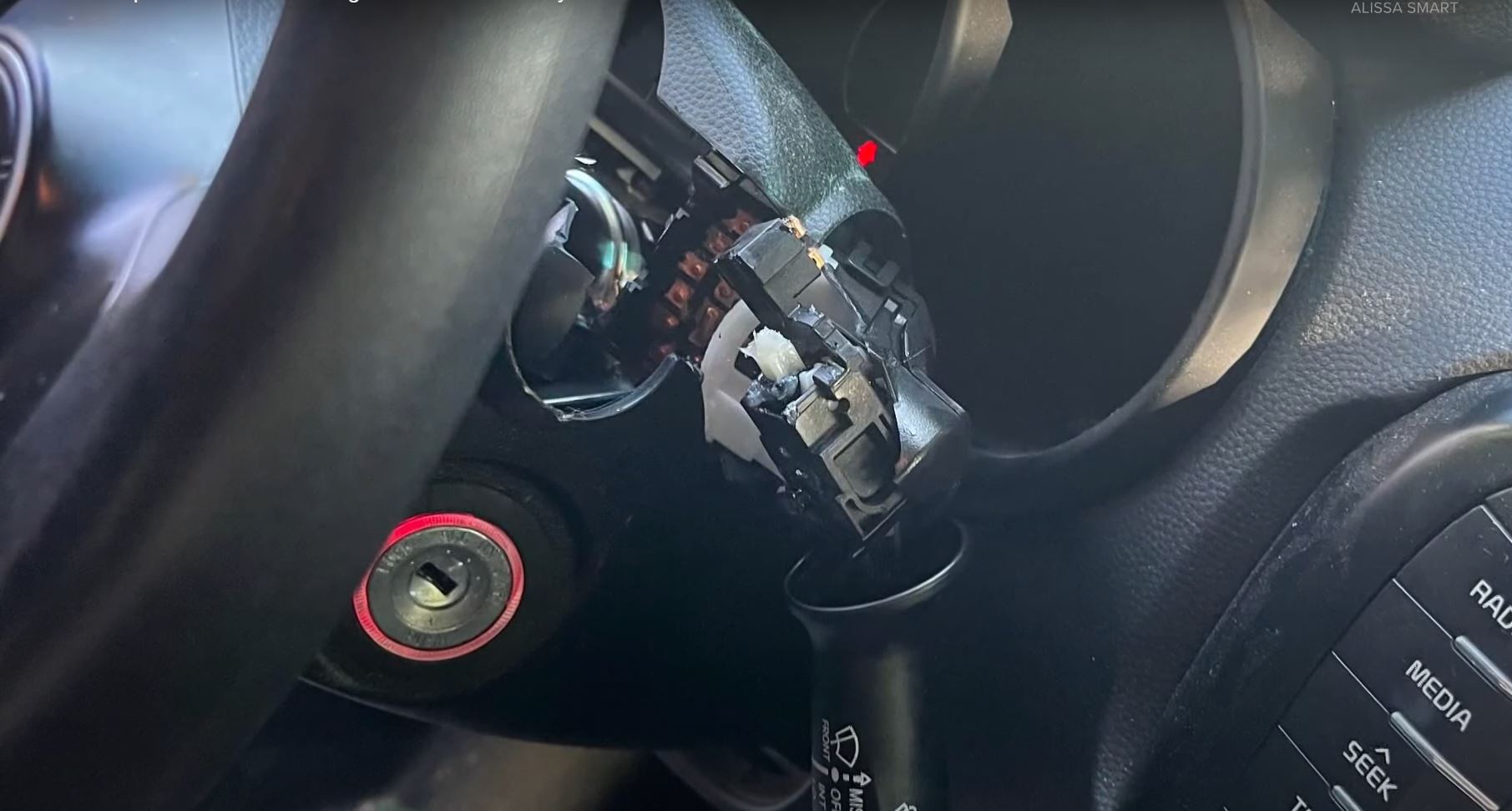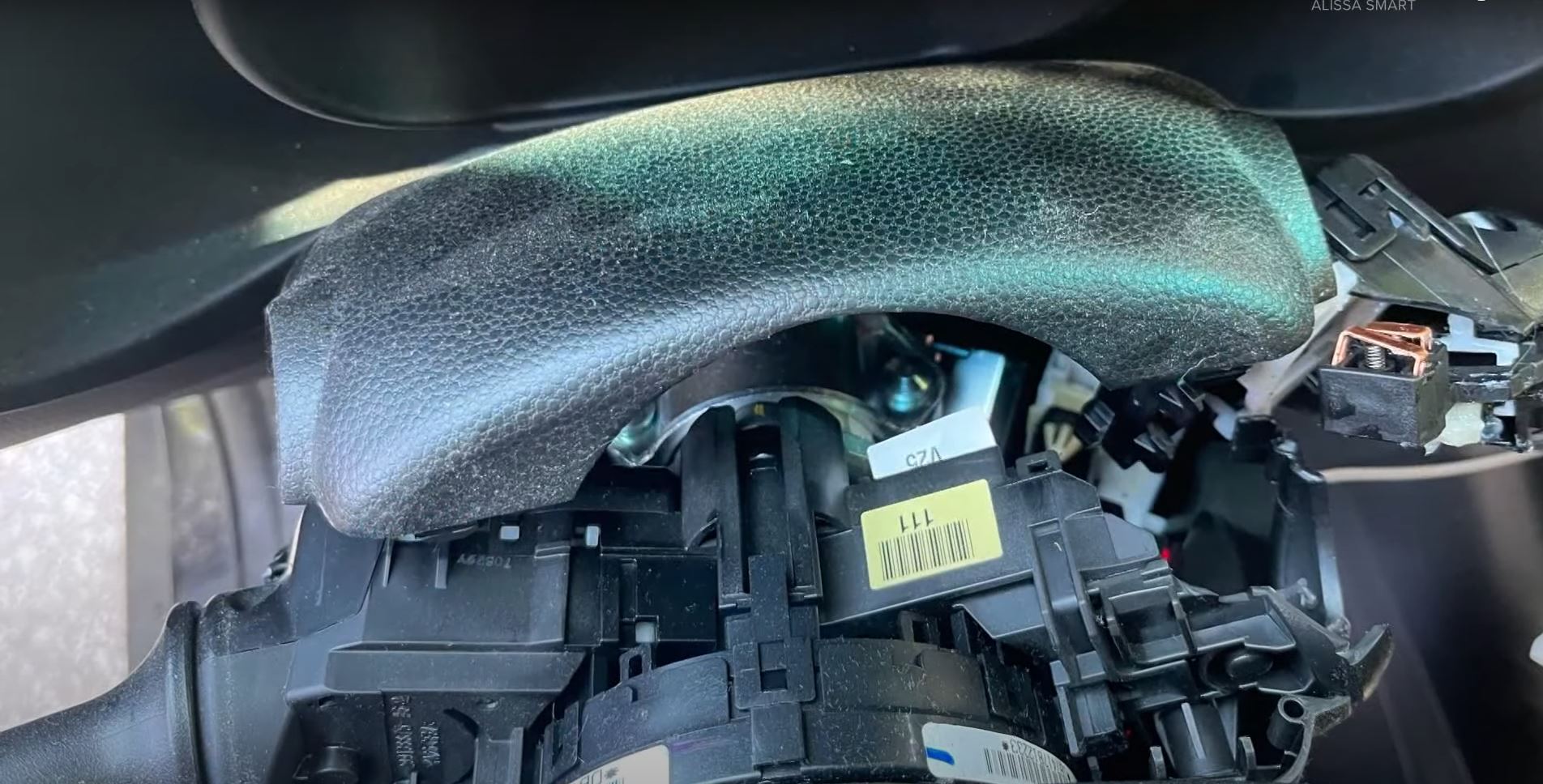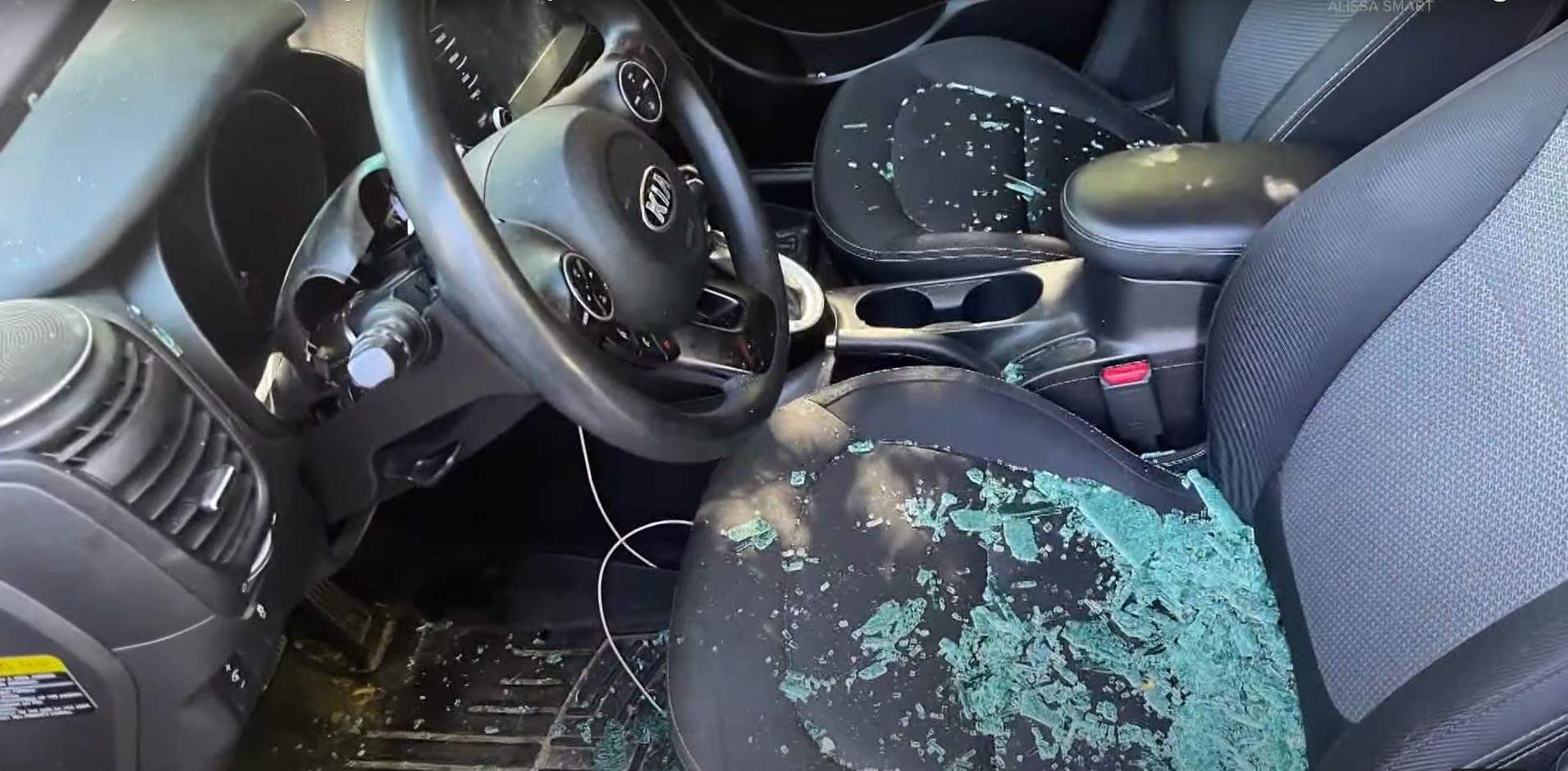The “Kia Challenge,” a viral social media trend, has escalated into a nationwide epidemic of car theft targeting Kia and Hyundai models. These vehicles, lacking immobilizers in certain model years, have become easy prey for thieves who have mastered a shockingly simple method to steal them. By forcefully removing the steering column, they can start the engine using nothing more than a common USB cable.
This alarmingly accessible technique has spawned a subculture of young, predominantly teenage criminals, dubbed “Kia Boys,” who have transformed car theft into a dangerous game. Despite the initial frenzy surrounding the challenge waning, the problem persists, with law enforcement agencies reporting continued attempts to steal these vulnerable vehicles.

The threat extends beyond the theft itself, as many would-be thieves inflict substantial damage on cars they are unable to steal. This epidemic has not only caused financial hardship for countless car owners but has also become a serious public safety concern, as stolen vehicles are often involved in dangerous driving and other criminal activities.
A disturbing trend of Kia and Hyundai vehicle thefts has swept across numerous communities, driven by a viral social media challenge that exposed a critical flaw in these models’ ignition systems. Emboldened by the ease with which these cars can be stolen, a criminal group, often referred to as the “Kia Boys,” has capitalized on this vulnerability, resulting in a significant spike in theft attempts and associated property damage.
While Kia and Hyundai have responded to the crisis by offering software updates and complimentary anti-theft devices, the issue persists due to a combination of factors. Many car owners remain oblivious to the vulnerability or have chosen to disregard the available security measures. Furthermore, the brazenness and efficiency with which these thieves operate have instilled a sense of unease among drivers.
To effectively deter criminals and safeguard their vehicles, Kia and Hyundai owners must adopt a proactive stance. Visible anti-theft devices, such as steering wheel locks, can serve as a powerful deterrent, while vehicle tracking systems offer an added layer of protection and facilitate vehicle recovery. A collaborative effort involving car manufacturers, law enforcement, and vehicle owners is crucial in addressing this escalating problem and restoring a sense of security for the affected communities.
A surge in Kia and Hyundai thefts has gripped the nation, transforming once-quiet neighborhoods into battlegrounds for car owners. Law enforcement agencies are grappling with a crisis fueled by a perfect storm of factors. Social media platforms have become breeding grounds for a new generation of car thieves, with viral challenges showcasing the ease with which these vehicles can be stolen.

Armed with this knowledge, organized groups of young offenders are targeting specific models, often striking with shocking speed. The situation has escalated into a public safety crisis, as stolen vehicles are increasingly involved in dangerous pursuits, accidents, and even violent crimes.
While police departments are exploring technological solutions, such as the deployment of AirTags, the root of the problem lies in the vulnerabilities exploited by these criminals. As the epidemic of Kia and Hyundai thefts continues to spread, it demands a comprehensive response involving law enforcement, automakers, and community engagement.

